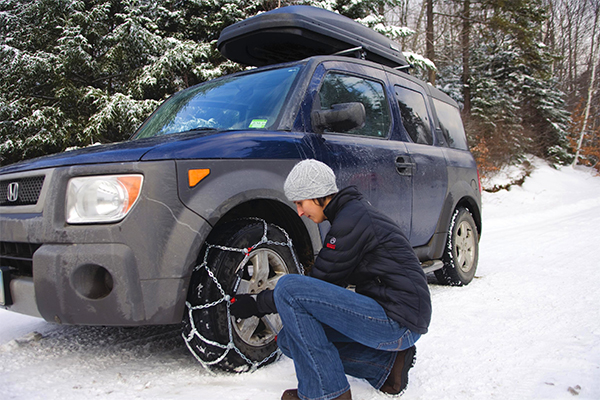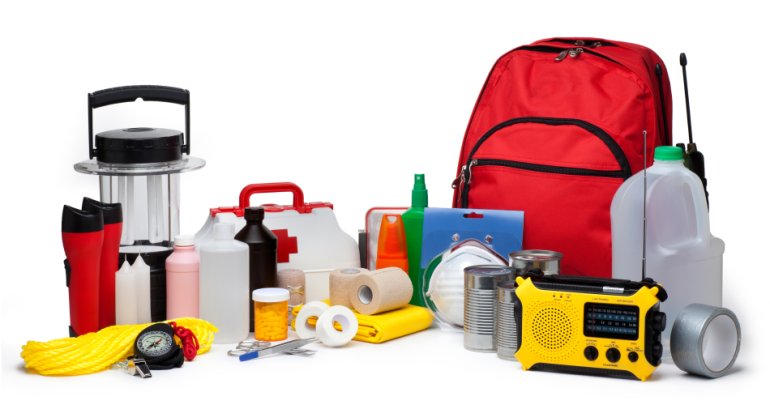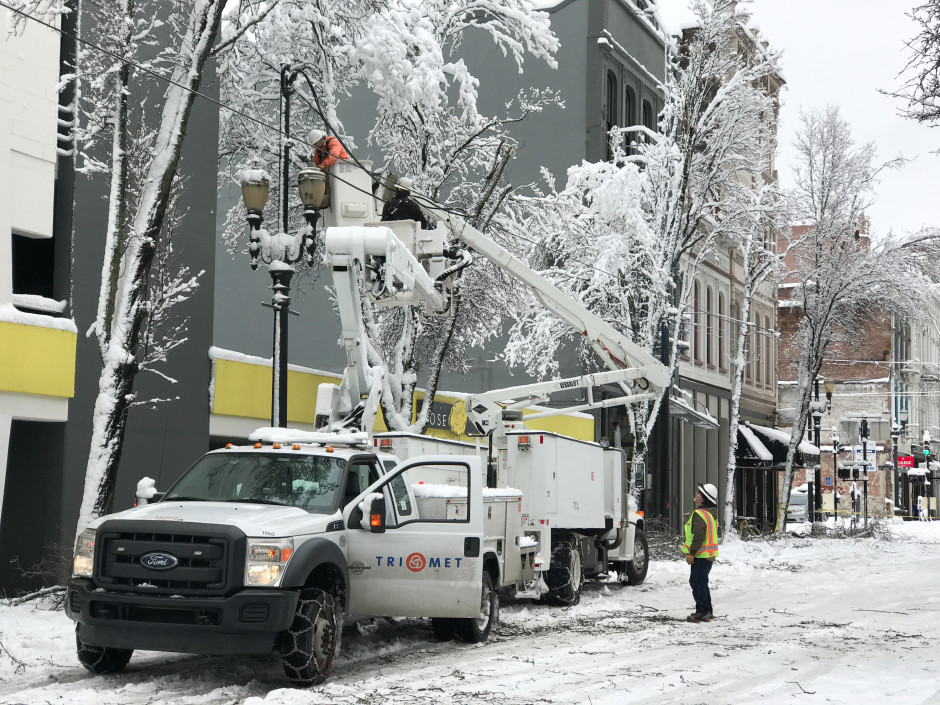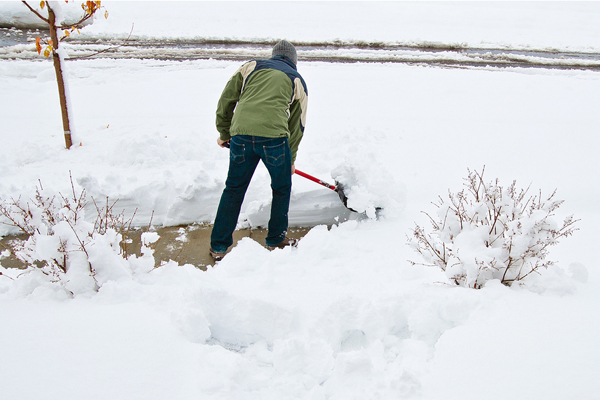Surviving Winter: Helpful Safety Tips
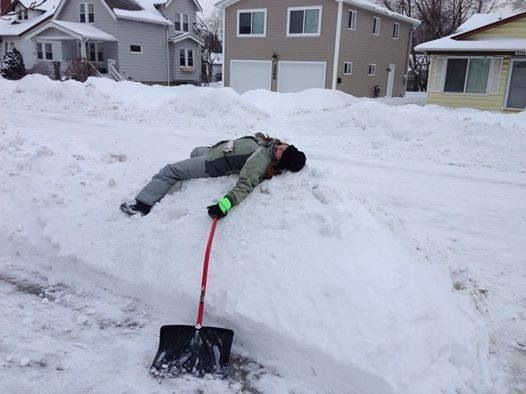 |
| Is It Spring Yet? |
For many residents in Oregon and Southwest
Washington, a sheet of ice and snow can be a beautiful gift –
especially if it comes on a holiday weekend when there’s no better time to go skating
or sledding. If, however, you happen to be driving on the road, working outside,
or walking to your next destination, a slick winter day can be potentially treacherous.
Washington, a sheet of ice and snow can be a beautiful gift –
especially if it comes on a holiday weekend when there’s no better time to go skating
or sledding. If, however, you happen to be driving on the road, working outside,
or walking to your next destination, a slick winter day can be potentially treacherous.
To prepare for journeys outside on slippery,
cold days, please use these precautions:
cold days, please use these precautions:
Prepare your vehicle. Albeit best done in warmer weather, preparations can be handled anytime
when it’s safe to be outside or in the garage. Make sure your tires are in good
shape for winter roads. When the weather becomes extreme, switch to snow tires
or carry chains. Keep your gas tank full
to avoid ice in your tank and fuel lines, and be sure to use a wintertime
formula in your windshield washer.
when it’s safe to be outside or in the garage. Make sure your tires are in good
shape for winter roads. When the weather becomes extreme, switch to snow tires
or carry chains. Keep your gas tank full
to avoid ice in your tank and fuel lines, and be sure to use a wintertime
formula in your windshield washer.
Make an emergency safety kit. It’s a good idea to keep an emergency kit in your car or truck year-round,
just in case you become stranded on the road. But winter driving makes a kit
absolutely essential. Experts suggest the following basic supplies for an
emergency kit:
just in case you become stranded on the road. But winter driving makes a kit
absolutely essential. Experts suggest the following basic supplies for an
emergency kit:
- Cell phone, portable charger, and extra batteries
- Blankets
- Food and water to last at least 3 days per person
- Booster cables, flares, tire pump, and a bag of sand or cat litter (for
traction) - Compass and maps (GPS isn’t always reliable.)
- Flashlight, battery-powered radio, and extra batteries
- First-aid kit
- Plastic bags (for sanitation)
Check
the forecast. Before you begin your trip, check the weather. Try
to avoid traveling if you see a weather service advisory. If you must travel,
tell a friend or relative where you’re going, including your route, and let
them know your expected arrival time.
the forecast. Before you begin your trip, check the weather. Try
to avoid traveling if you see a weather service advisory. If you must travel,
tell a friend or relative where you’re going, including your route, and let
them know your expected arrival time.
Watch
for emergency workers and stranded drivers. Pay
special attention to work safety areas where emergency workers may be making
repairs. Also watch for stranded
motorists that might be standing near their stuck vehicles. Stay well under the posted speed limit.
Remember that cars and trucks slide quicker on snowy and ice-covered highways, and
you have less ability to control your vehicle to prevent accidents.
for emergency workers and stranded drivers. Pay
special attention to work safety areas where emergency workers may be making
repairs. Also watch for stranded
motorists that might be standing near their stuck vehicles. Stay well under the posted speed limit.
Remember that cars and trucks slide quicker on snowy and ice-covered highways, and
you have less ability to control your vehicle to prevent accidents.
Keep
a level head. In the event you do become stranded in your vehicle,
be sure that you:
a level head. In the event you do become stranded in your vehicle,
be sure that you:
- Stay with your car or truck unless help is very near (experts say, no
more than 100 yards away).If help is
farther away than that, stay with your vehicle.
Otherwise, you may become disoriented in blowing snow, unable to see clearly
and walk the wrong way. - Do not leave your vehicle to hike in deep snow, especially if you become stuck
in a remote area. - Make sure your car or truck stays visible. Tie a bright cloth on the
antenna, which is a clear signal for distress. Turn on the inside overhead
light when the engine is running and raise the hood when snow stops falling. - Run the engine and heater only 10 minutes every hour to save resources. To avoid carbon monoxide poisoning, keep a downwind
window open and ensure your tailpipe remains unblocked. - Keep yourself moving inside your vehicle.
For instance, clapping your hands or moving your arms and legs will help
you stay warm and keep your circulation moving. - Remain calm. Stay awake. Watch for signs of frostbite and hypothermia.
(The
National Safety Council explains how to handle frostbite and hypothermia from
their webpage.) - Use blankets, newspapers, maps, and even the removable car mats for added
insulation if you need to.
Clear sidewalks and driveway. Keep your
walkways and driveway clear of snow and ice.
However, be aware of the extra effort required to shovel snow. It is an extremely strenuous activity,
particularly in cold weather when it can cause exhaustion, dehydration, back
injuries, or heart attacks. Go inside
every few minutes to warm up and rest.
Sprinkle cat litter, sand, or de-icer on icy patches.
walkways and driveway clear of snow and ice.
However, be aware of the extra effort required to shovel snow. It is an extremely strenuous activity,
particularly in cold weather when it can cause exhaustion, dehydration, back
injuries, or heart attacks. Go inside
every few minutes to warm up and rest.
Sprinkle cat litter, sand, or de-icer on icy patches.
Check on elderly or sick family members
and neighbors. Elderly
and/or ill people are particularly vulnerable in bad weather. Temper any desire they may have to drive or
walk somewhere by using common sense.
Make sure outside conditions are safe and that your loved one or
neighbor is well enough to make such a trip. Better yet, offer to get groceries for them or
take them to doctor appointments. Be
their support mechanism. If possible,
shovel their walkways and driveway or hire someone else to do so.
and neighbors. Elderly
and/or ill people are particularly vulnerable in bad weather. Temper any desire they may have to drive or
walk somewhere by using common sense.
Make sure outside conditions are safe and that your loved one or
neighbor is well enough to make such a trip. Better yet, offer to get groceries for them or
take them to doctor appointments. Be
their support mechanism. If possible,
shovel their walkways and driveway or hire someone else to do so.
Click here for more tips on winter safety.
